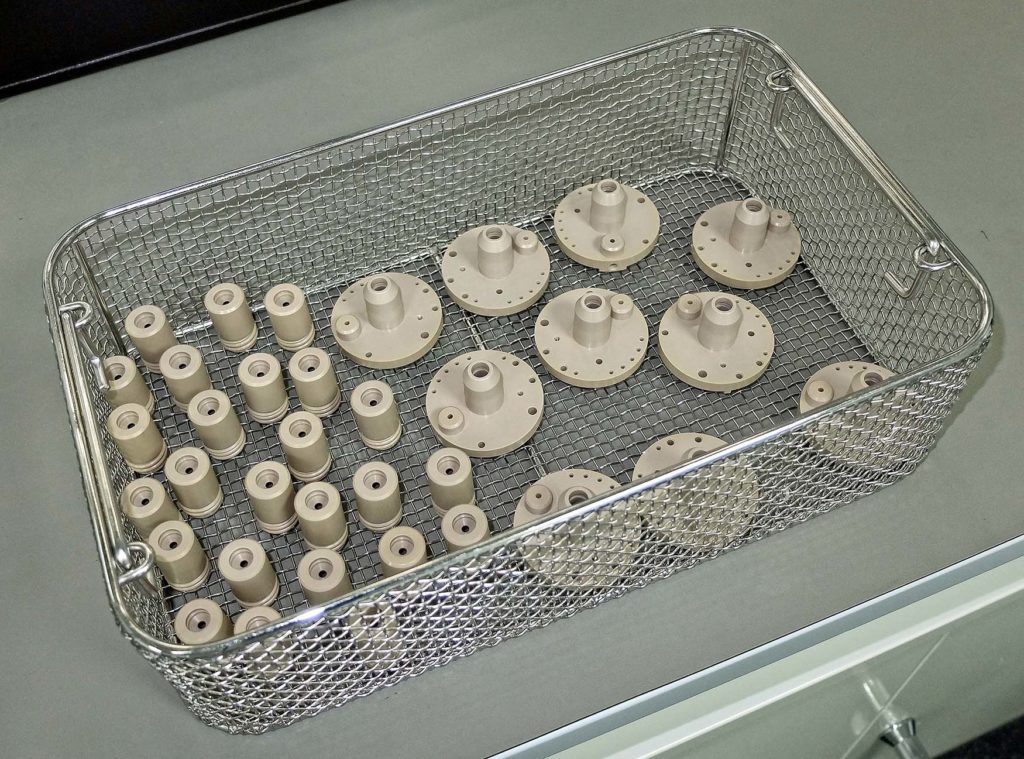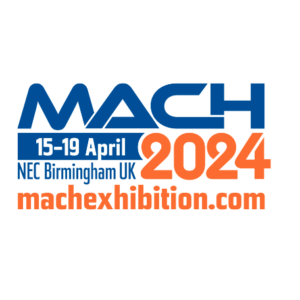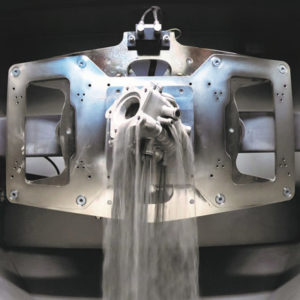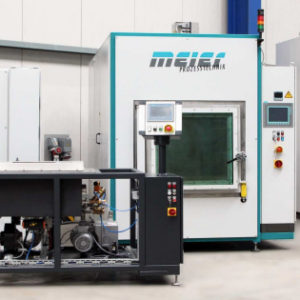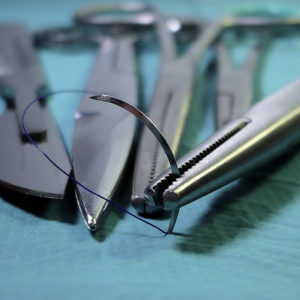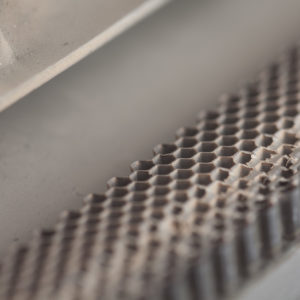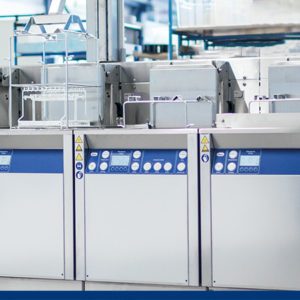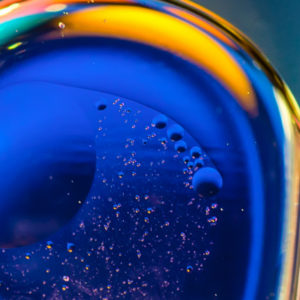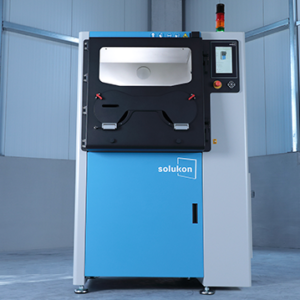At a cost of more than £1 million, Assembly Techniques Ltd (ATL) – www.assemblytechniques.com – in Dukinfield, Greater Manchester, is opening a new, two-story facility featuring a Class ISO8 (US FED STD 209E 100,000) cleanroom for component washing and drying on the ground floor.
Adjacent to it is a class (IS07/10,000) area for processing critical clean sub-assemblies for future customers in the medical sector. On the upper level is a white room for assembling less critical kits that are currently supplied to manufacturers in the analytical, food, water and other industries.
At the heart of the new operation is a Pro 550 six-stage, ultrasonic, aqueous cleaning line from Turbex (www.turbex.co.uk), which was installed in the Class ISO8 area in October 2018. It has taken over from an older aqueous washing system and will assist ATL in attaining ISO 13485 medical accreditation, which it expects to achieve by the end of October 2019, enabling ATL to supply components to the medical sector. By March 2020, companies will have to comply with the traceability, risk and other requirements of the upgraded ISO 13485 specification, which
was defined in 2016.

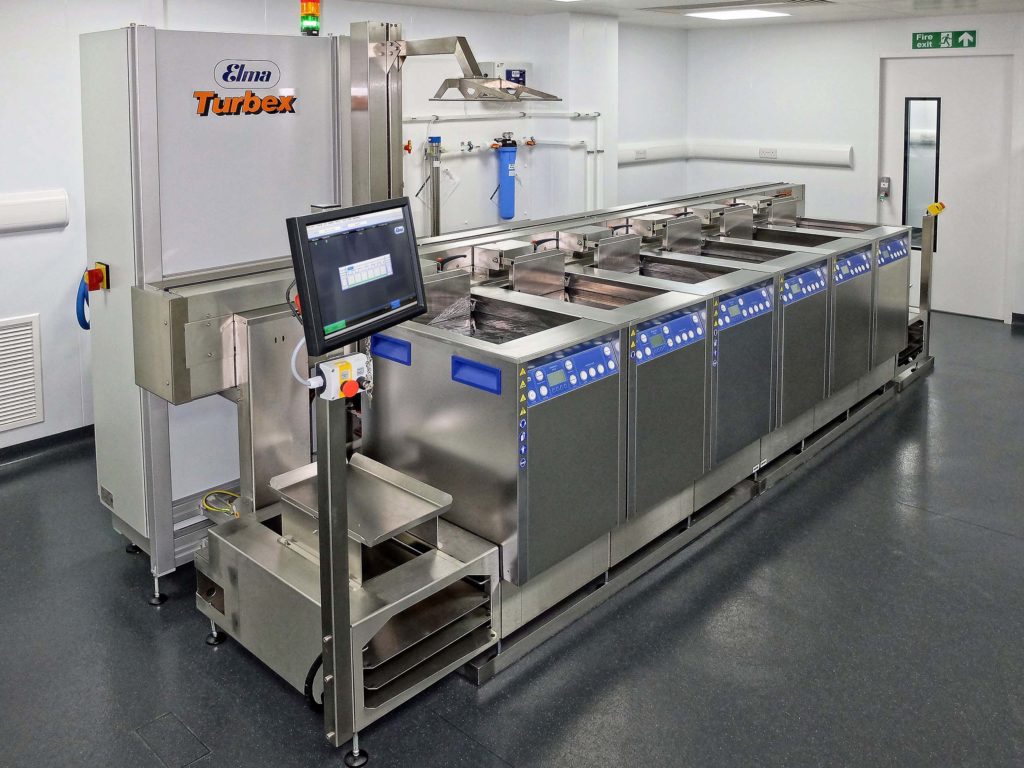
When auditing is complete and accreditation has been granted, the company will be able to carry out subcontract cleaning of prostheses, surgical instruments and other medical items, which will be a new area of activity. It will also be able to use the system for processing components used within the food industry.
Testimonials
"All of our metallic and high-end plastic components are supplied by external contract machinists and a large percentage of those will require degreasing and removal of cutting fluid residue before assembly."
ATL director Nigel Downing
"The Turbex line is so efficient that nearly all components including non- critical parts can be processed in the equipment using a range of semi- automatic washing cycles."
ATL director Nigel Downing
"Not only will the equipment with its ultra-fine cleaning capability allow us to start supplying customers in the medical industry, but it will also enable Page3 business expansion in existing sectors we operate in and allow us to grow the business further."
Works manager Steve Chadwick
Choosing Turbex was down to the standard six-stage system, whereas others ATLs considered would have had to be configured as special lines and were accordingly of higher price. Another point in its favour was adaptability. For example, further stages could easily be added to meet additional requirements, as could a conveyor belt coupled with full automation to replace manual handling of baskets at the start and
end of the line.
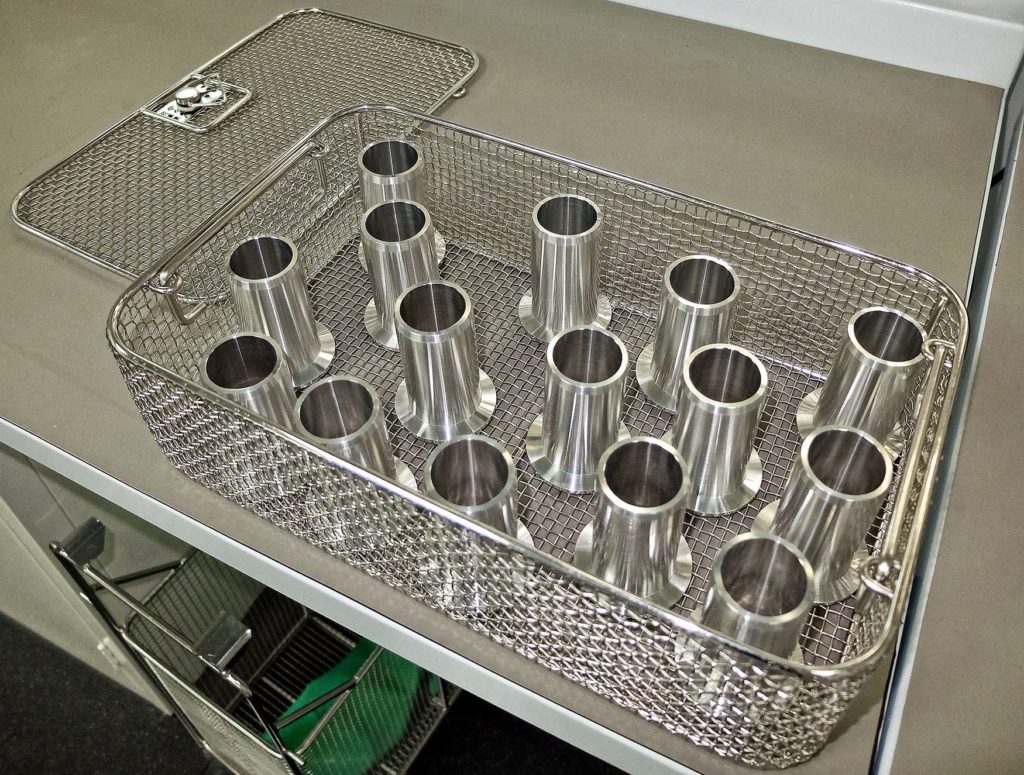
After components have been steam pre-cleaned, a basket is taken to the input station from where, under program control, a transporter picks it up and moves it along the line, immersing it in each stainless steel tank
successively. A notable feature of the equipment is that every washing stage is equipped with a dual frequency ultrasonic generator, which results elevated levels of ultra-fine cleaning performance.
The washing process involves a pre-clean, plain water rinse, main wash, another plain water rinse and separate deionised water rinses at the last two stages. The basket is then automatically deposited by the transporter onto the output table. Excess water is blown off by hand using compressed nitrogen, after which the parts are taken to a drying cabinet and then transferred through an air lock into cleanroom standard bags, ready to be called up for assembly.
